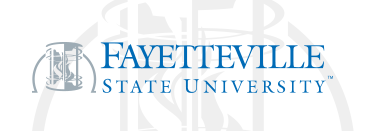Exploring the Perceptions of K-12 Related Service Professionals and Disability Service Professionals on Postsecondary Transition Strategies for Students with Autism Spectrum Disorder
Abstract
The present study investigated the perceptions of K-12 related service professionals and higher education disability service professionals about the need for postsecondary transition planning and strategies for students with Autism Spectrum Disorder (ASD). Twenty-two female participants participated in the study. The K-12 participants are Occupational Therapists, School Counselors, and Speech-Language Pathologists and higher education participants are employed in different sectors associated with disability support services. Based on results of this qualitative study, there is a need for additional research on functional and evidence-based practices for postsecondary transition strategies to support and provide reasonable accommodations for students with ASD. The findings reveal that students with ASD are enrolling in colleges/universities and require accommodations and supports as they navigate unfamiliar instructional and social environments. Participants from both K-12 and higher education confirm that an individualized approach is necessary to meet the varied needs of students with ASD to facilitate success with retention and graduation in higher education. The participants offer preliminary information to build upon to facilitate greater understanding of why neurodiversity is pivotal to shift the paradigm from a deficit perspective with forward movement towards ongoing recognition of the diverse abilities of students with ASD.
Subject Area
Educational leadership|Educational evaluation|Educational psychology|Special education
Recommended Citation
Brown, Angela D, "Exploring the Perceptions of K-12 Related Service Professionals and Disability Service Professionals on Postsecondary Transition Strategies for Students with Autism Spectrum Disorder" (2021). ETD Collection for Fayetteville State University. AAI28868852.
https://digitalcommons.uncfsu.edu/dissertations/AAI28868852

